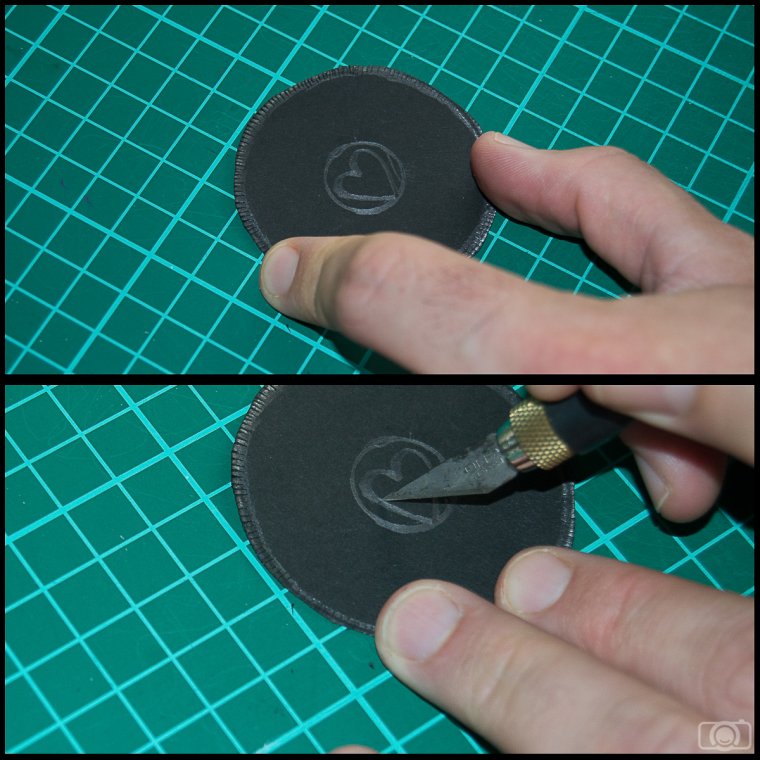

While it’s not a necessity, it’s good to look for lenses that are primes versus, say, a zoom.

That’s why it’s important to pay attention to the minimum focusing distance when choosing your bokeh lens. The closer the camera is to the subject, the more blurred the background (particularly when there’s adequate space between the subject and the background, such as a brick wall). Lenses with more hexagonal-shaped blades will deliver a hexagon-shaped blur (so those holiday lights will blur in more of a hexagon than circular shape). Those with a more circular shape will create soft, round blurred circles (think those glowing holiday-light backdrops). The shape of a lens’ diaphragm blades affects the final product. Wide apertures of about f/1.8 to f/2.8 are your best bet for bokeh lenses remember, the faster the lens, the better. It controls the amount of light let in, and as we now know, light is the main ingredient for that gorgeous bokeh effect. Aperture is what makes the bokeh effect possible. Photo by Zach Savinar on Unsplash Features to Look for in a Bokeh Lens: Apertureīy far, aperture is the most important feature for bokeh lenses. You typically need a lens with an f/2.8 aperture or faster to achieve a solid bokeh aesthetic. You can adjust your aperture based on how much of your subject you want in focus and how blurred you want the background. The wider the aperture, the more light the lens lets in, and the more blurred the background. Those lenses with more hexagonal seven-blade diaphragms result in-you guessed it-more of a hexagon shape.

When the lens has a circular nine-rounded-blade diaphragm, it generates a soft circular effect of blur in the background. It is generated when light passes through the lens and responds to the lens’ glass elements and aperture.

What creates bokeh?īokeh is the byproduct of light reflecting off detailed or textured surfaces (e.g., not a plan white wall). When there are twinkle lights in the background, even better, because those lights blurred create gorgeous photo backdrops. You’ll recognize it as the blurred lights you see in holiday-photo backdrops, or the fuzzy background that you rarely look at because you’re focused on the sharp subject-which is exactly bokeh’s intention.īokeh helps direct the viewers eye to the focused subject area, to what the photographer or videographer wants to draw attention to. It’s the element that helps separate a subject from the rest of the photo. Photographers and videographers love adding bokeh to their work, but what exactly is this beloved bokeh and why does everyone rave about it? Put simply, bokeh is blur it comes from the Japanese word “boke” which means haze or blur. In other words, if you’ve been trying to get those dreamy, out-of-focus orbs to materialize in your photos, you’ll definitely need to invest in a good lens. To achieve bokeh in a photo, you’ll need an extremely fast camera lens with a wide aperture-at least f/1.8 or larger. Bokeh refers to the quality of the blur in the parts of a photo (usually the background) that are out of focus, and is achievable with a bokeh lens. The presence of soft, creamy bokeh-which contrasts beautifully with the sharpness of the subject in the foreground-instantly makes any photo all the more captivating.


 0 kommentar(er)
0 kommentar(er)
